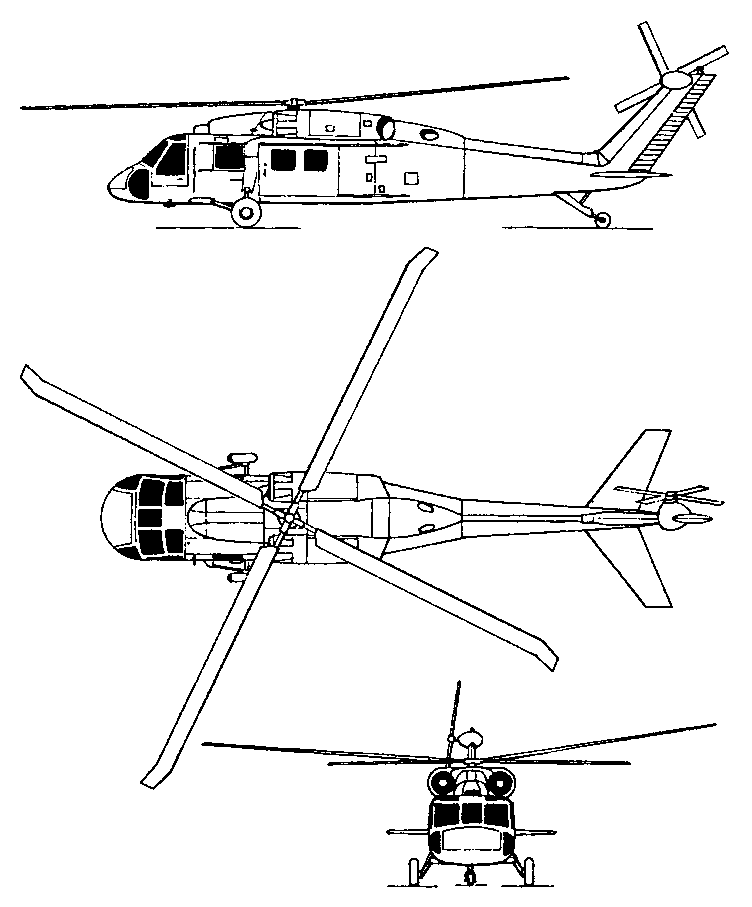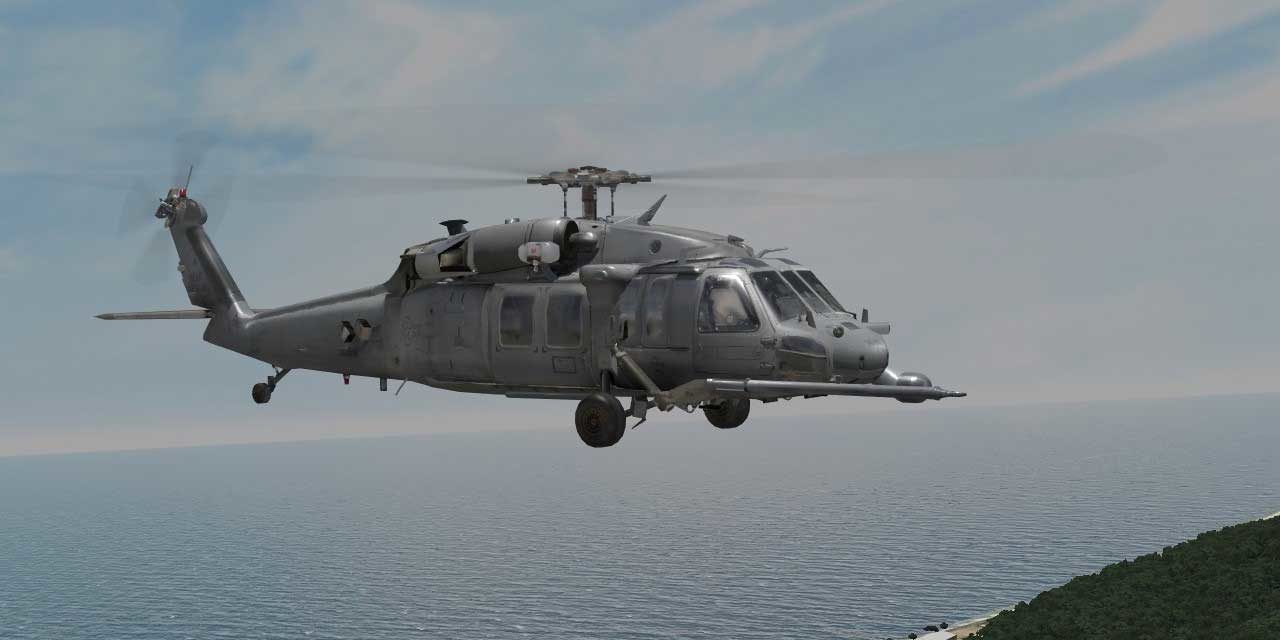Sikorsky S 70: Enhancing Helicopter Effectiveness and Adaptability
Sikorsky S 70: Enhancing Helicopter Effectiveness and Adaptability
Blog Article
High-Performance Multi-Role Rotorcraft Featuring Advanced Cockpit Technologies and Integrated Sensing Unit Solutions
The world of rotorcraft innovation has seen noteworthy advancements in recent times, especially in the world of high-performance multi-role rotorcraft furnished with innovative cabin innovations and effortlessly integrated sensing unit systems. These technologies have not just augmented the operational abilities of rotorcraft but have likewise substantially influenced modern-day aeronautics procedures on different fronts. From boosted mission flexibility to enhanced operational efficiency, the convergence of advanced cockpit technologies and integrated sensing unit systems has introduced a brand-new era of possibilities for rotorcraft applications. In the complying with conversation, we will certainly explore the evolution of rotorcraft modern technology, look into the world of innovative cabin innovations, and check out the ramifications of incorporated sensing unit systems on the operational versatility and performance of modern rotorcraft.
Development of Rotorcraft Technology
The development of rotorcraft modern technology has been marked by significant advancements in aerodynamics, materials, and propulsion systems, forming the capacities and efficiency of contemporary rotorcraft. Additionally, improvements in propulsion systems, including extra powerful engines and cutting-edge propulsion innovations, have allowed rotorcraft to accomplish higher elevations, faster rates, and better payloads.
These improvements have not just transformed the abilities of rotorcraft yet have also expanded their applications throughout various sectors, consisting of army, commercial, and emergency situation solutions. The constant development of rotorcraft innovation remains to drive development in the field, pressing the borders of what is feasible and forming the future of upright trip.
Advanced Cabin Innovations
Building upon the fundamental advancements in aerodynamics, products, and propulsion systems, the realm of rotorcraft modern technology currently changes focus in the direction of introducing Advanced Cabin Innovations. The integration of cutting-edge modern technologies within the cabin atmosphere plays an essential duty in improving the operational capacities, security, and performance of modern rotorcraft. sikorsky s 70. Advanced Cabin Innovations include a wide variety of features made to supply pilots with enhanced situational understanding, streamlined information management, and user-friendly control user interfaces
One of the key improvements in cabin design is the application of glass cockpits, which change typical analog evaluates with high-resolution display screens. These digital systems supply customizable layouts, real-time information integration, and enhanced readability, making it possible for pilots to accessibility vital information at a glimpse. Advanced avionics systems, such as fly-by-wire controls and increased truth display screens, are transforming how pilots communicate with the airplane, enabling for exact control and improved decision-making abilities.


Incorporating advanced cockpit developments not only boosts pilot efficiency however likewise contributes to overall objective efficiency and safety in intricate functional atmospheres. By leveraging advanced modern technologies within the cockpit, rotorcraft manufacturers are setting brand-new requirements for functional excellence and objective success.
Integrated Sensor Solutions
With the advancement of rotorcraft modern technology, the combination of innovative Integrated Sensor Systems has actually become extremely important in boosting functional efficiency and safety and security. These Integrated Sensor Equipments incorporate a large array of innovations that provide critical information for various features such as navigating, security, targeting, and environmental surveillance. By perfectly incorporating sensors like radars, cameras, lidar, and infrared systems right into rotorcraft, operators can gain from enhanced situational recognition, enhanced objective capacities, and minimized pilot work.
One key advantage of Integrated Sensing unit Solutions is their capacity to gather real-time data and supply actionable understandings to pilots and goal drivers. As an example, progressed radar systems can discover and track targets over cross countries, enabling early hazard detection and efficient feedback preparation. Furthermore, incorporating electro-optical and infrared cams makes it possible for rotorcraft to conduct reconnaissance and monitoring objectives with accuracy and precision.
Essentially, the integration of cutting-edge sensor innovations right into rotorcraft not only improves operational efficiency however likewise contributes considerably to overall mission success and crew safety and security. As rotorcraft proceed to advance, the duty of Integrated Sensing unit Solution will certainly remain at the forefront of innovation in the aerospace market.
Operational Flexibility and Efficiency
Enhancing functional adaptability and effectiveness in rotorcraft is a natural development from the combination of advanced Integrated Sensing unit Solutions. By leveraging the data get redirected here and understandings given by these sophisticated sensor systems, rotorcraft can maximize their efficiency across numerous objectives and settings.
Operational versatility incorporates see this site the capability of rotorcraft to adjust to different roles and situations efficiently. With innovative cockpit technologies and incorporated sensor systems, rotorcraft can effortlessly transition in between tasks such as search and rescue, clinical evacuation, security, and much more. This convenience boosts the rotorcraft's capability to fulfill diverse functional needs without needing considerable reconfiguration.
Efficiency in rotorcraft operations is important for taking full advantage of mission effectiveness and source usage. Integrated sensing unit systems play a pivotal function in boosting operational efficiency by supplying real-time information on climate condition, surface mapping, target monitoring, and much more. This information enables pilots to make informed choices promptly, optimize flight paths, preserve gas, and enhance general goal performance.
Influence On Modern Aviation Operations

Furthermore, the combination of innovative sensors assists in enhanced objective planning and execution, enabling rotorcraft to do a wide array of jobs with enhanced precision. From search and rescue operations to aerial firefighting and police missions, the abilities of contemporary rotorcraft geared up with innovative cockpit modern technologies and integrated sensing unit systems are unmatched.
Furthermore, the influence of these developments expands beyond operational effectiveness to cost-effectiveness and sustainability. By maximizing trip paths, fuel usage, and upkeep schedules, high-performance rotorcraft furnished with advanced cabin modern technologies and sensors contribute to minimizing functional prices and environmental effect, making them crucial properties in modern air travel operations.
Conclusion
To conclude, the high-performance multi-role rotorcraft with sophisticated cabin modern technologies and integrated sensor systems represents a significant evolution in aviation modern technology. These developments boost functional convenience and effectiveness, eventually influencing modern-day aeronautics procedures in a favorable method. The combination of these advanced innovations permits improved abilities and performance in numerous mission situations, showcasing the continued advancement of rotorcraft modern technology in the aeronautics industry.
The world of rotorcraft technology has seen noteworthy improvements in recent times, particularly in the world of high-performance multi-role rotorcraft outfitted with sophisticated cabin innovations and perfectly integrated sensing recommended you read unit systems. From boosted objective flexibility to improved functional effectiveness, the convergence of advanced cabin innovations and integrated sensing unit systems has actually ushered in a new period of opportunities for rotorcraft applications. In the following conversation, we will explore the development of rotorcraft modern technology, delve right into the realm of innovative cockpit advancements, and take a look at the ramifications of integrated sensing unit systems on the operational convenience and effectiveness of modern rotorcraft.

Report this page